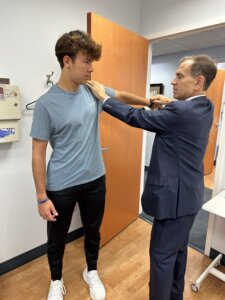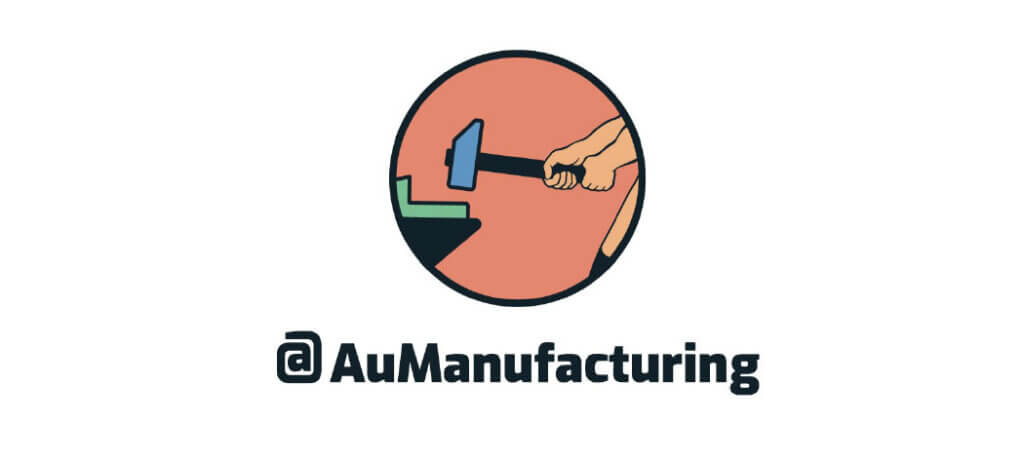Dr. Kevin Plancher with Plancher Orthopaedics With tips on way to make a painless recovery without narcotics
NEW YORK & GREENWICH, Conn. (PRWEB) February 14, 2018

Arthroscopic Rotator Cuff Repair
If a rotator cuff tear has made combing your hair or getting dressed difficult to do – or playing your favorite sports is all but impossible – arthroscopic rotator cuff repair surgery may offer the best chance to get back to an active lifestyle quickly and safely, according orthopaedic surgeon Kevin D. Plancher, MD, founder of Plancher Orthopaedics.
Many of the 2 million or so people in the United States who see their doctors each year because of weakness and pain due to a rotator cuff problem aren’t aware how common this shoulder injury is for all men and women age 40-90 years old. Options for resuming their lives and being able to play sports again pain-free is possible, Dr. Plancher says.
The rotator cuff helps to lift and rotate the arm and is powered by a group of 4 muscles that join as tendons to cover the head of your upper arm bone, If 1 or more of the 4 rotator cuff tendons is torn, it may weaken the shoulder, making everyday activities difficult and painful. Even more exacerbating is the inability to lie on the shoulder when sleeping.
“Two common reasons that account for rotator cuff tears are a traumatic injury or wear and tear,” Dr. Plancher explains.” No matter the mechanism, getting a diagnosis with a correlation by MRI is the first step to resolve symptoms.
Rotator cuff tear risk factors and symptoms
Who gets rotator cuff tears? Any adult can develop the condition, Dr. Plancher says, but most tears happen slowly over time – especially in those over 40 – and occur in a person’s dominant arm. People who do a lot of lifting or overhead movements and are not bending their elbow when performing a task are particularly vulnerable as well.
“Athletes suffer more rotator cuff tears due to overuse, especially baseball pitchers, tennis players and other overhead athletes,” adds Dr. Plancher, also a Clinical Professor, Department of Orthopaedic Surgery, Montefiore Medical Center/Albert Einstein College of Medicine in New York. “And workers whose jobs require much arm movement over their heads, like painters and carpenters, are also at increased risk.”
How can you tell if your rotator cuff is torn? Dr. Plancher says the most common symptoms include:
Pain on the side or the back of the shoulder at rest, lying down at night or on the affected shoulder is a common complaint
Pain when lifting and lowering the arm at your side with low weight
Weakness when holding your arm at your side and trying to place it behind your back
Weakness of arm when reaching for a quart of milk with a straightened arm from the refrigerator
“If the rotator cuff tear occurs suddenly, such as from a fall or a sports injury, severe pain is a major clue,” he adds.” That may get better over a few days but the weakness will persist.
Arthroscopic surgery offers many benefits
If pain and weakness due to a rotator cuff tear don’t improve with time, rest and medication, with a definite diagnosis is imperative. A certified shoulder surgeon can consider surgery to repair the tear, which involves reattaching the tendon to the head of the upper arm bone. The size of the tear – with those larger than 3 cm are more likely to need operative care – and if the tear was caused by a recent, acute injury and sudden weakness it should be repaired, Dr. Plancher notes.
While several surgical techniques could do the job, Dr. Plancher points out that arthroscopic repair is the least invasive way to fix a torn rotator cuff. During this type of surgery, a small camera is inserted into the shoulder joint that emits images the surgeon can use to guide movement of small surgical instruments inside the joint. “Only tiny incisions are needed because of the small size of the camera and surgical tools,” he says, “and the surgery is done on a same-day, outpatient basis.”
Arthroscopic rotator cuff repairs include less post-operative pain, less blood loss, and less chance of complications such as infection when properly done with rare use of any narcotic, Dr. Plancher notes.
“Arthroscopic rotator cuff surgery enables patients to return much more quickly to work and sports, although it is usually no sooner than 4 months for very vigorous sports to avoid a retear meaning less disruption and a better experience overall,” he says. “Hands-down, it’s the type of surgical rotator cuff repair I rely on most for my active patients.”
Kevin D. Plancher, MD, MPH, is a board-certified orthopaedic surgeon and the founder of Plancher Orthopaedics. He has recently graduated from Columbia School of Public Health with a management degree to help patients navigate through the myriad of health care issues we all are bombarded with today to get the best outcome. So with health comes wealth.
Plancher Orthopaedics is a comprehensive orthopaedics and sports medicine practice with offices in New York City and Greenwich, CT. https://plancherortho.com/




 William D. Murrell, MD
William D. Murrell, MD Thomas B. Evely, DO
Thomas B. Evely, DO Clifford Voigt, MD
Clifford Voigt, MD Karthikeyan Chinnakkannu, MD
Karthikeyan Chinnakkannu, MD Max N. Seiter, MD
Max N. Seiter, MD Demetris Delos, MD
Demetris Delos, MD Lauren M. Fabian, MD
Lauren M. Fabian, MD